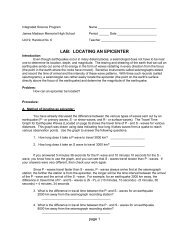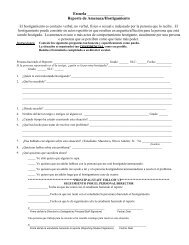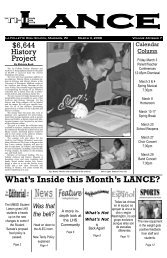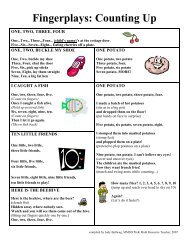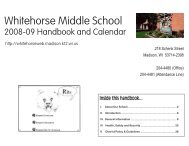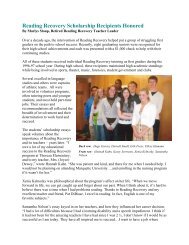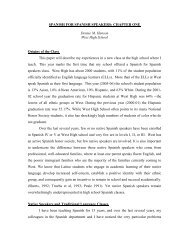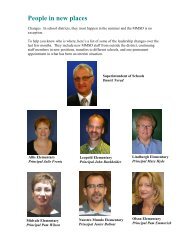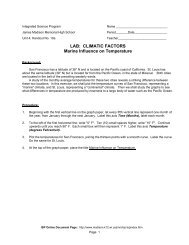The Final Report - Malcolm Shabazz City High School, Madison WI
The Final Report - Malcolm Shabazz City High School, Madison WI
The Final Report - Malcolm Shabazz City High School, Madison WI
You also want an ePaper? Increase the reach of your titles
YUMPU automatically turns print PDFs into web optimized ePapers that Google loves.
Decision Item #4: REDUCE NON-MANDATED ALTERNATIVE PROGRAM OFFERINGSBackground:<strong>The</strong> District strives to achieve a 100% graduation rate. <strong>The</strong> MMSDAlternative Programs guide states that to meet this goal, the District “needsto provide a mix of educational choices as diverse as the students andfamilies it serves." <strong>The</strong> District’s alternative programs are designed toprovide this mix of educational choices.<strong>The</strong> District’s alternative programs are part of an array of services designedto meet State of Wisconsin mandates relative to “at risk” students (s.118.153, Wis. Statutes). <strong>School</strong> districts are required to identify studentswho are at risk of not graduating and develop plans to meet the needs ofthose students. <strong>The</strong> statute does not require specific programs, nor does itmandate a broad range of programs, such as that offered by MMSD.<strong>The</strong> District collected data on 496 students participating in alternativeprograms in the 1 st semester of 2000-2001 and determined that, overall, 39percent of participants met the state definition of at risk (ranging byprogram from 75 percent to 23 percent). 93 percent of students participatingin the programs scored below proficiency on one or more assessment subtestsfor the WSAS and WKCE tests. Over 80% scored below proficiency on8 th grade language arts, 8 th grade math, and 10 th grade math tests. 65percent of participating students were credit deficient, and 23 percent wereenrolled in special education.<strong>The</strong> District’s alternative programs can be divided into two categories –those that are specifically required by mandates and those that arediscretionary. <strong>The</strong> District’s alternative programs are as follows: (Detailedinformation about all alternative programs is provided in Attachment 1.)Discretionary:9 Neon (special education combined program – i.e. students attend boththe alternative program and their home school) 19 Cluster (combined expulsion diversion)9 Replay (combined expulsion diversion)9 Accelerated Learning Academy (stand alone 2 )9 Diploma Completion (stand alone)9 GED/HSED (stand alone)9 <strong>Malcolm</strong> <strong>Shabazz</strong> <strong>City</strong> <strong>High</strong> <strong>School</strong> (stand alone)9 <strong>School</strong> within a <strong>School</strong> (one program for students of each of 4 highschools, 3 stand alone and 1 combined)9 Transitional Learning Center (stand alone)9 Off Campus Instruction (for students with medical needs or deemedadministratively to be best served off campus for a period)9 Work and Learning Centers (stand alone)1 Neon students are special education students, and the District is required to implement the studentIndividualized Education Plans (IEP). <strong>The</strong> District is not required to do so specifically through the Neonprogram.2 Students enrolled in stand alone alternative programs are no longer enrolled in their home schools.Thus, in comparing costs for combined and stand alone programs, it is important to recognize thatsavings from eliminating stand alone programs would be partially offset by increased expenditures inhome schools. Savings from elimination of combined programs would not be offset, as the home schoolretains allocation regardless of whether the combined program continues.Virchow, Krause & Company, LLP Page 53March 11, 2002



